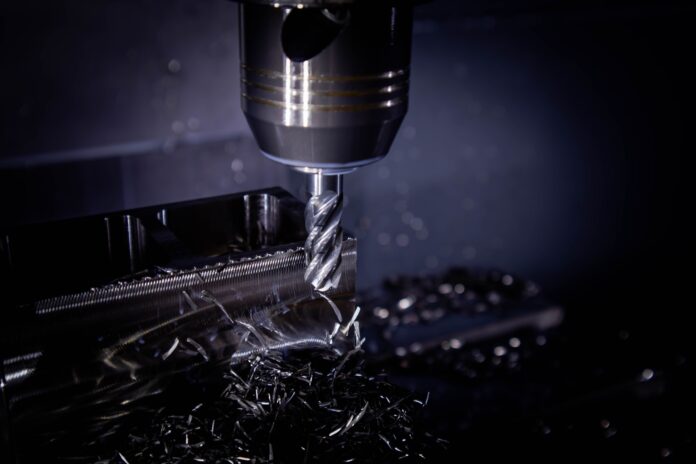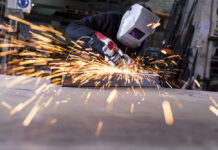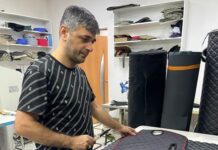The product design stage in product manufacturing requires engineers to be focused mentally and have constant vigilance throughout the process. These requirements are necessary to avoid mistakes during the product design stage. Consequently, you will not have to go back to the design table and waste time and money.
Errors in computer-aided manufacturing processes such as CNC machining are majorly based on the experience of the operator. CNC machining on its own is near-foolproof. However, inadequacy from the operators can lead to some design mistakes. Therefore, this article will show some common engineering design mistakes and how to avert them. Read on!
Wrong Dimensions
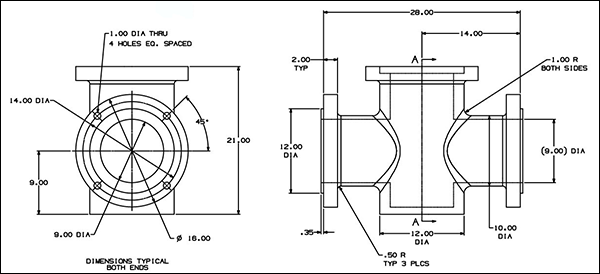
Dimensioning is an important part of manufacturing. Having a design with the wrong dimensions is a sign of an inexperienced or lazy engineer. Therefore, your design in terms of dimension must be professional, clutter-free, confusion-free design, and replicate-able by other engineers.
It is important to check your dimensions as the wrong dimension can lead to misinterpretations of design and manufacturing errors which will render the product useless. Below are examples of dimension-related errors that you should avoid.
Using Too Many Decimal Places
Wrong decimal place: 5.487684747mm
Right decimal place: 5.5mm
Using dimension values such as the above examples is a sign of inexperience or lack of understanding of CNC machining. While you might think of increasing the decimal place to tackle the chance of error, it is simply unprofessional. This is because every CAD system has a template setting with a preset dimension to a decimal place.
Awful Engineering Drawing
Another factor that can influence your dimension is an awful engineering drawing. An awful engineering drawing can lead to missing or misinterpreted dimensions which indirectly prolongs production time and product quality. Prolongation of the production time is majorly due to the need for constant verification and re-verification of the drawing.
Unreasonable Fillet Radius
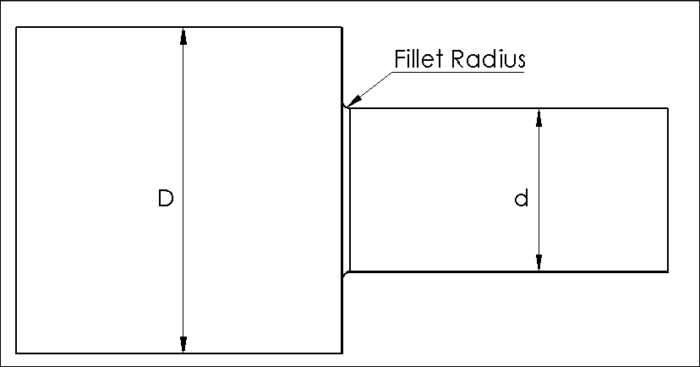
Fillets are design features with no middle ground. You can either include them or remove them altogether during the design stage. As a result of the lack of middle ground, there are many design mistakes concerning fillet use.
Most design mistakes that concern fillets are majorly related to CNC machining and prototype injection molding. 3D printing, being an additive manufacturing process, does not need a fillet.
Fillets are used for stress reliefs, improving aesthetics, and adding strength to a part. However, you need to avoid an unreasonable fillet radius to get these benefits. You only need to add a fillet radius in the following situations:
- Internal edges between vertical walls meeting at an angle less than 180
- Internal edges between angled/organic surfaces with less than 180 between them.
- A combination of the two situations listed above
Failing to Design for Manufacturing and Assembly
You should not be so engrossed in your designing process that you forget the practicality of manufacturing the part. Manufacturing processes such as CNC machining are programmed to follow the CAD file. However, not all features present on the CAD file can be manufactured by such processes.
An example of failing to design for manufacturing and assembly is designing a CAD file with curved holes using CNC machining. No matter the CNC machines’ degrees of freedom, it will be impossible to make a curved hole effectively. Therefore, it is better to use other methods for the process. The same analogy should be applied for other impossible actions during processes.
Overtolerance
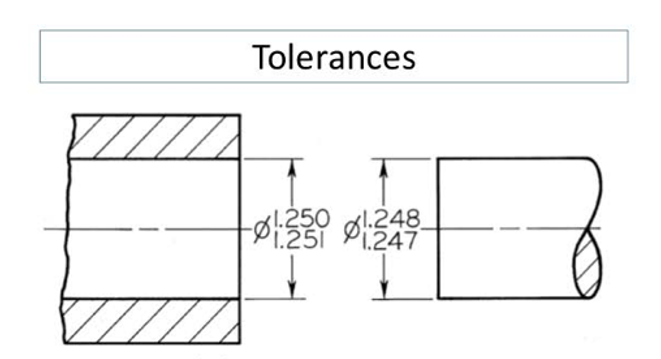
Tolerance is the measurement of a part’s physical characteristics such as dimension, color, texture, shape, etc. It is important in machining processes since it highlights the optimal functioning of a part. However, tolerance varies based on the machine available. Therefore, it is important to design based on the tolerance of the machine you will work with.
Designing without respect for the machine tolerance will reduce the machined part’s quality Also, you should avoid over-tolerance as it can increase the cost of production.
Unnecessary Surface Finishes
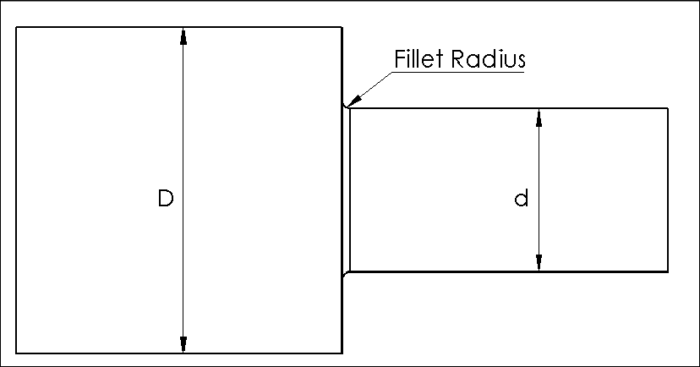
Undoubtedly, surface finishes are important parts of machining processes, especially in high-quality precision CNC machining services where there is a need for appearance and quality. However, you should avoid unnecessary surface finishes.
Surface finishes should be applied at the end of the manufacturing process or during assembly. Remember that not all parts need surface finishes. Therefore, you should minimize the cost and time wastage by avoiding unnecessary surface finishes.
Designing Too Deep Cavities
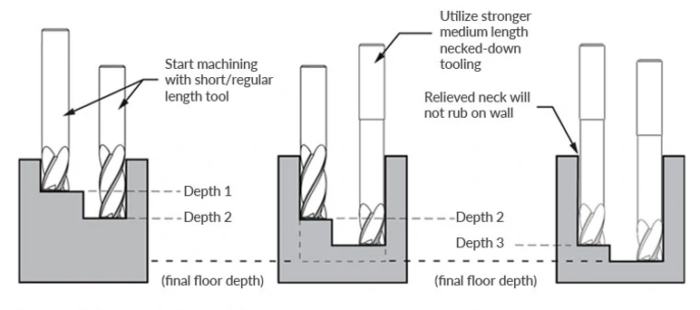
This is an important design mistake related to CNC tools that you must take note of. Every CNC tool has a limited cutting length, and milling tools are efficient when the milling cavities double or triple their diameter in depth.
Designs with deep cavity milling can cause the following:
- Milling tools not being able to reach the material surface
- Tool deflection
- Tool fracture
- Difficulty in chip evacuation
You can avoid the above challenges by doing the following:
- Step down the end mill in smaller and smaller increments
- Use the right cutting tool size
- Avoid deep cavity designs
Rushing Projects
This is a design mistake that is not directly related to the machining process. However, it is important. Rushing your project is simply a recipe for design disaster. Designing machine parts is a complex process. It requires that you have time to think, plan, and analyze before you think of creating.
Rushing projects means you have a time constraint, and there is a higher chance you will start cutting corners to reduce production time. However, doing this will increase the tendency of getting errors during production.
To avoid rushing projects, you have to plan and organize your schedule well. Reduce the number of jobs you deal with at a particular time and plan accordingly. Not rushing projects, having time to plan, etc., will reduce the tendency of other design mistakes highlighted above.
Final Thoughts
The designing stage is a crucial stage during manufacturing that must be as error-free as possible. However, due to operator errors and inexperience, the stage is often riddled with design mistakes. This article highlighted the common engineering design mistakes and how to solve them. When the solutions are properly implemented, you can have a near error-free machining process and produce quality products.
Find a Home-Based Business to Start-Up >>> Hundreds of Business Listings.











































